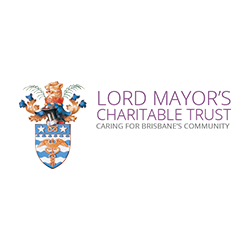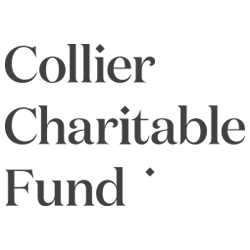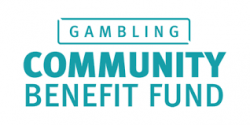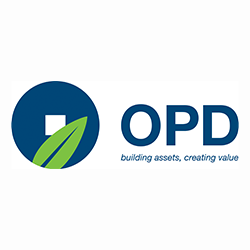
Claire McIvor, AEIOU’s Senior Behaviour Therapist, sat down with a group of alumni in June to discuss the functions behind behaviours and how to proactively and positively support your children. At AEIOU, we believe positive behaviour support is important, and these are our key take-aways for any parents who couldn’t make it on the day:
1. Behaviour is everything we do, including thinking:
We behave the way we do to ensure our needs are met, and behaviour serves one of these four basic purposes:
- Attention, where the individual behaves to get focussed attention from others.
- Access to tangible item, where an individual behaves in order to get a preferred item or participate in an enjoyable activity.
- Escape / avoidance, where an individual behaves in a way that will get them out of doing something they don’t want to do.
- Sensory / automatic, where the individual behaves in a certain way because it feels good.
2. We can break behaviour down into 3 components:
- Antecedents, or what comes before the behaviour, which might be the cause or trigger of a particular behaviour;
- Behaviour (for example, the specific actions that are actually displayed by the child); and
- Consequences, which are what happens as a result of the behaviour. Our reaction to any behaviour falls into this category, and can determine if the behaviour continues to occur.
The consequences that follow a behaviour controls whether that behaviour will increase or decrease in the future.
A typically used example is a child asking for a chocolate at the grocery store. If they throw a tantrum, and the consequence is that they receive the chocolate, the likelihood of them using the same behaviour to access what they desire next time is increased.
3. What can we do to help our children behave in positive ways?
In order to know how to change or shape a child’s behaviour, we need to:
- Identify the behaviour
- Identify the function of the behaviour
- Act proactively – what can we do next time? For example, you may recognise an activity might increase the likelihood of a behaviour occurring in advance (especially if it’s happened before) and set up a contingency plan. So if you’re going to the grocery store, you may encourage your child to follow a series of rules, and have a visual where they receive ticks, or stars, and if they earn the agreed number if ticks, they earn a treat. Remember, the reward must be immediate
4. Some strategies you can use to assist your child at home and in the community:
- Don’t use the word ‘no’ on its own – explain why and explain the alternative behaviour – e.g. instead of “we don’t write on the table” say “we write on paper”.
- Be positive and use positive language.
- Use praise! Praise your child for displaying all socially appropriate behaviour, and pair this with a reinforcement that’s really powerful for the child (Note: ensure the reward can be delivered instantly, with no waiting required. For example, it might be an edible treat, access to a preferred toy, or playing a favourite game)
Claire had some other great tips for parents, to help with consistency and to avoid succumbing to challenging behaviours.
Her advice? Decide if it’s a ‘yes’ or ‘no’ day up front! If you’re having a day where you’re not sure you can remain resolved to saying ‘no’ if a tantrum or challenging behaviour will ensue, then say ‘yes’ from the beginning. This will not only avoid the tantrum, but avoid a scenario where you say change your mind in the end, say ‘yes’, and consequently reward the behaviour.
It’s also a great lesson for all children: sometimes, you may ask and receive, and sometimes the answer will be no. Consistency between meaning yes, or no, is the key. It sounds easier than it is, so don’t forget that we all have good and bad days and if things don’t go to plan, try to make sure you are more prepared next time – and don’t be hard on yourself!
5. Be prepared for an ‘extinction burst’.
The behaviours you are trying to change (e.g. a tantrum at the checkout for chocolate) will get worse before they get better – a child might try to escalate a tantrum, such as increase the intensity (for example, hit harder or scream louder) to obtain previously desired result. Remember to stick it out!
6. Some strategies you can use to assist your child at school:
You can help ensure that the foundation skills your child learns at AEIOU carry over into school by making sure that children know what’s expected of them, and also ensuring teachers know what your child’s capabilities are, and how your child responds in certain situations:
- Train your teachers to know why scheduling is important to a child with autism– they need to know what’s coming next!
- Provide visuals and steps of instructions (remember, this can be helpful for children even when they have developed strong verbal skills. It can help to re-introduce visuals at stressful times, such as a new school term or year throughout a child’s education. Remember to use visuals as opportunities for praise and not only for times of distress, as this can make the visual aversive).
- Provide a ‘top 5’ for your teachers – what are the top things a teacher should know about your child?
- Create some tools to help the teacher, and remember, they might be beneficial for the whole class to use, not just your child individually – for example, ‘first and then’ tools, or token boards (for rewards).
We'll be hosting other alumni events throughout the year, keep an eye on our Facebook page for more information.
Tags: AEIOU, Behaviour, Therapy, Workshops, Alumni


































